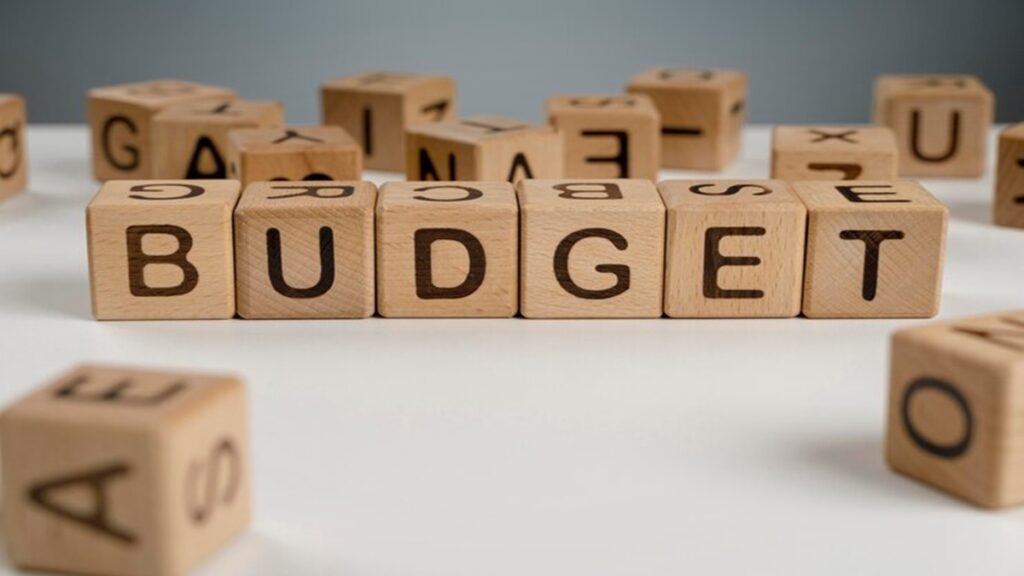NEW DELHI: The government is likely to go for a major overhaul of the basic customs duty on more than 100 items in the Budget for FY26, in order to align the rates with global trade dynamics and correct the inverted duty structure, according to a senior official.
The official told FE that inverted duty correction is likely to be done for information technology hardware items, automobile parts and textiles, among others. “Inputs have been received from the industry regarding this aspect, and we’ve kept those in mind (while reviewing rates)” the official said.
Inverted duty structure is a situation wherein inputs and raw materials attract higher tax than finished products.
The proposed modification of customs rates was announced by finance minister Nirmala Sitharaman in her FY25 Budget speech in July. She had proposed to undertake a “comprehensive review” of the duty structure over the next six months to “rationalise and simplify it for ease of trade, removal of duty inversion and reduction of disputes.”
In a meeting with the finance ministry last month, the Confederation of Indian Industry (CII) had suggested undertaking “duty changes for imported goods basis sector-wise industry consultation, and review of existing free trade agreements (FTAs) and exemption notifications to correct cases resulting in inverted duty structure.”
In a report, released in July, Niti Aayog had said that India needed to “significantly overhaul” import tariffs, and use fiscal incentives for being a major player in global value chains for electronics, and set a target of $500 billion for the sector by 2030 from a little over $100 billion at present.
Besides electronics, industry experts have recommended correction of inverted duty structure in textiles, apparel, leathers, automotive parts, telecommunications, toys, etc. The Confederation of Indian Industry (CII) has recommended duty on raw materials to be in the range of nil-2.5%; on intermediaries to be 2.5-5%; and on finished goods to be 7.5-10%.
At present, manufacturers pay import duties on many raw materials and intermediate goods that are higher than the levies on finished goods. Typically, this scenario exists because the government encourages firms to source input items locally rather than externally, but manufacturers are heavily reliant on imported inputs and thus have to pay a high price.
Vimal Pruthi, tax partner, EY India, said, “This issue is faced across the industries and removing these anomalies will boost domestic production, reduce imports, and enhance India’s manufacturers competitiveness.”
Across industries, many finished goods are exempted from levies or a concessional rate is applied under various FTAs, while on inputs higher duty is levied on imports. “Government should analyse such situations and provide concessional rate/exemption to inputs in those situations also,” said Pruthi.
Harsh Bhuta, partner, Bhuta Shah & Co, said that critical sectors such as steel, aluminium, solar batteries, lithium batteries, and polymers require rate rationalisation to boost domestic production.
Earlier, CBIC chairman Sanjay Kumar Agarwal had told FE that correction of inverted duty is not always possible. “Many times what we consider as inversion is not so. We have to check what’s the value of a particular item in a finished product,” he had said.
In the Budget for FY25, the finance ministry had tweaked the BCD on many products, including mobile phones and electronics, gold, silver and critical minerals, to support domestic manufacturing.
Source: The Financial Express

 Government’s FY25 Capex May Miss Target By Up To 9 Per Cent
Government’s FY25 Capex May Miss Target By Up To 9 Per Cent 